Arrivederci 2020.....and an Apprehensive Welcome to 2021
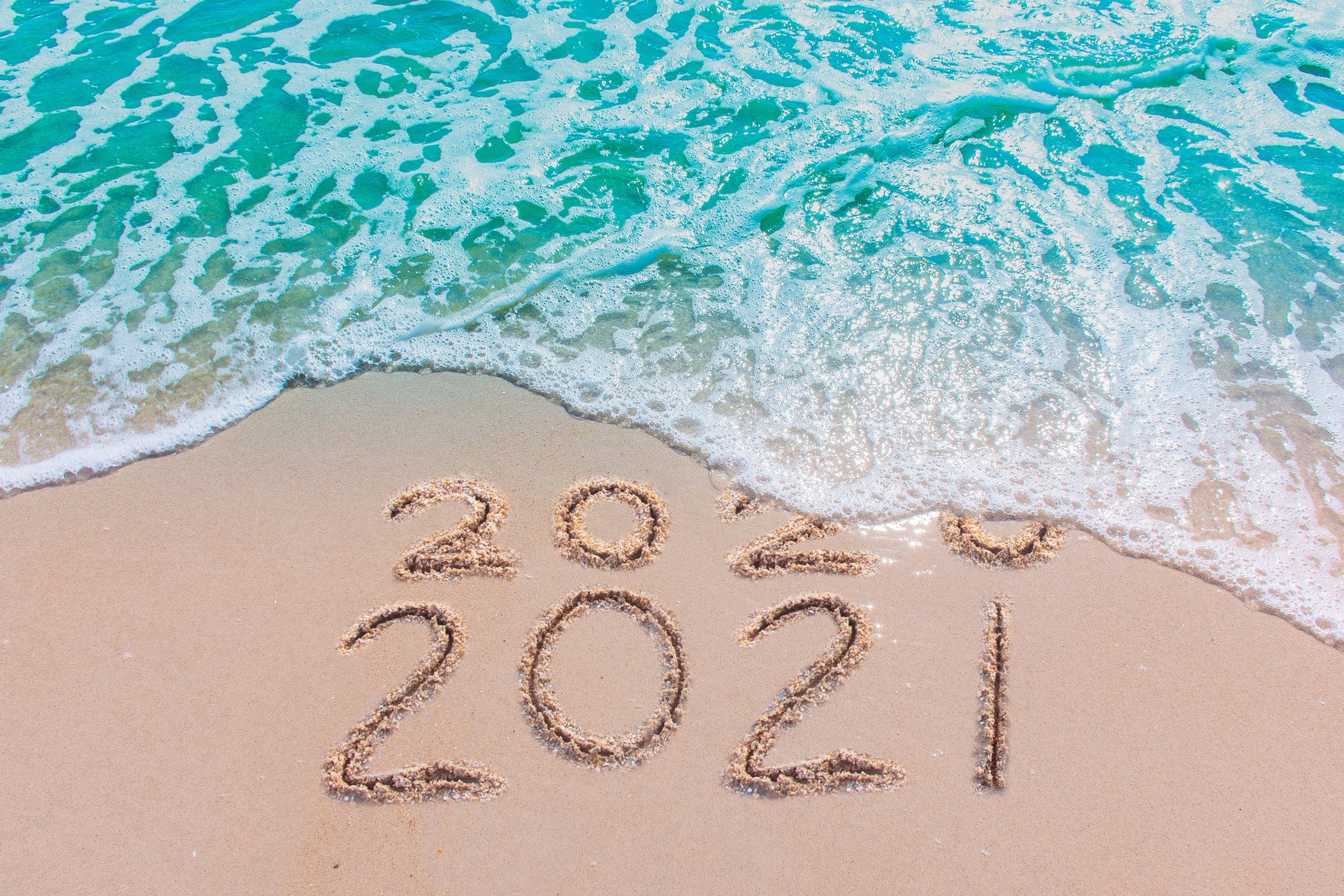
Arrivederci 2020:…….the year when you had to wear a mask to ask for money in a bank; when the only illegal thing about smoking weed at a family gathering in California, Colorado, Washington, Oregon, Nevada, Alaska, Massachusetts and a host of other states, was the family gathering; and freedom of movement was defined more by bodily function than cross-border travel. So, in anticipation of this being the year we all get let off the lead, we have dusted off the Yellow Railroad crystal ball to hazard a guess at the most important influences shaping the resurgence of travel in 2021.
This is not so much in the hope of spotting more black swans a-swimming towards us as it is a cautious interpretation of the runes we can already begin to make out.
Twelve Tips for 2021
Normally we start the new year with a tour d'horizon of what’s hot and what’s not in travel for the year ahead. But, given travel has spent the best part of the last year in the deep freeze, very few destinations are either particularly hot or seriously cool. So, here are twelve tips for 2021 – one prediction for every month of the year, albeit not sequential.
1. Vaccination will release pent-up demand: Well, in certain countries, where a sizable proportion of the population is sufficiently fortunate to be  vaccinated……..But don’t expect the second dose to be widely administered to a significant percentage of potential travellers until late spring/early summer in major tourism-producing countries, such as the UK, USA, Germany France et al. Psychologically, that will be the ‘let-off-the-lead’ moment and trigger for travel.
vaccinated……..But don’t expect the second dose to be widely administered to a significant percentage of potential travellers until late spring/early summer in major tourism-producing countries, such as the UK, USA, Germany France et al. Psychologically, that will be the ‘let-off-the-lead’ moment and trigger for travel.
 vaccinated……..But don’t expect the second dose to be widely administered to a significant percentage of potential travellers until late spring/early summer in major tourism-producing countries, such as the UK, USA, Germany France et al. Psychologically, that will be the ‘let-off-the-lead’ moment and trigger for travel.
vaccinated……..But don’t expect the second dose to be widely administered to a significant percentage of potential travellers until late spring/early summer in major tourism-producing countries, such as the UK, USA, Germany France et al. Psychologically, that will be the ‘let-off-the-lead’ moment and trigger for travel.
We can probably also expect many countries to require evidence of vaccination for entry, similar to the yellow fever vaccination certificate currently required by many countries: no certificate - no entry.
2. Vaccination will be patchy: There will be a vaccination deficit between those countries that can afford the vaccine, are able to distribute it effectively, with a resultant extensive take-up by the population, and those that either cannot afford the vaccine or do not have the infrastructure to inoculate a significant proportion of their population. This will have two potential impacts:
- These will be largely ‘no-go’ countries for travellers, who will eschew them in favour of countries perceived to be safer, even when these travellers have been vaccinated.
- This will give the virus a chance not just to breed, but to mutate, possibly to a virulent strain that is vaccine-proof. This underlines the massive task the World Health Organization (WHO) has in seeking a global programme of eradication, without which the world will be free of neither the virus nor the fear.
3. Short-haul international will boom: 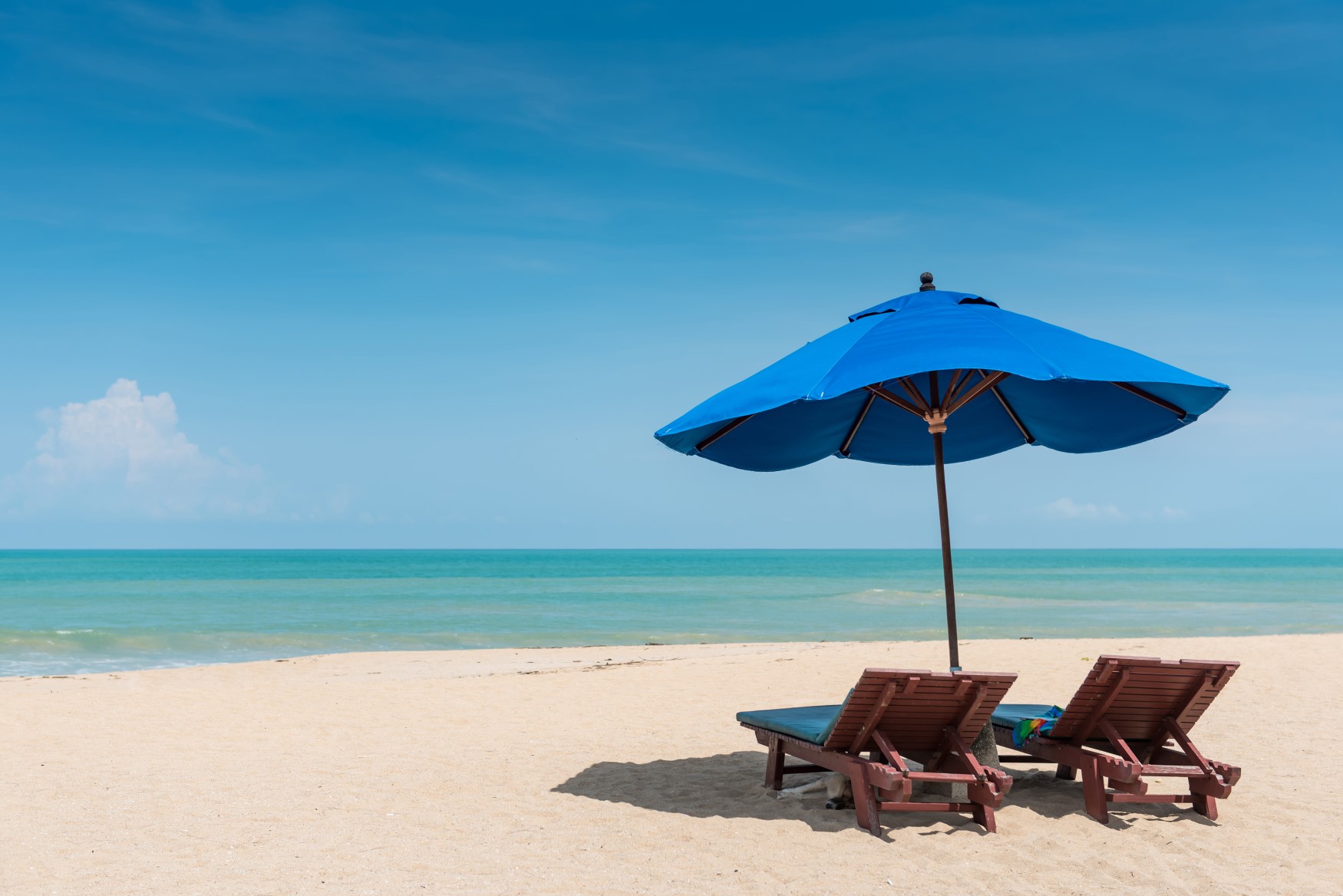 Starved of warm sunshine for a year, vaccinated travellers from the large, northern hemisphere markets will flock south in search of a vitamin D rush as soon as they can.
Starved of warm sunshine for a year, vaccinated travellers from the large, northern hemisphere markets will flock south in search of a vitamin D rush as soon as they can.
 Starved of warm sunshine for a year, vaccinated travellers from the large, northern hemisphere markets will flock south in search of a vitamin D rush as soon as they can.
Starved of warm sunshine for a year, vaccinated travellers from the large, northern hemisphere markets will flock south in search of a vitamin D rush as soon as they can.4. Long-haul will take longer to recover: Remoter and further-flung, long-haul destinations will recover more slowly. This is partly because short-haul sunshine will be a priority, and partly because of a residual fear factor about destinations that may not have handled the pandemic particularly well, whose health infrastructure may not inspire confidence, and whose access to the vaccine might be limited or delayed.
For many of these destinations their market tends to be dominated by older DINKS (double income no kids) and empty-nesters, who fall into the more vulnerable category, for whom health concerns therefore assume a higher priority when they travel. However, hopefully 2022 will see a significant resurgence for these destinations, as these constraints are addressed during 2021.
5. SLOMO, FOMO, YOLO and BLISTO will be the first out of the traps: These, most resilient, market segments will kickstart the resurgence of travel.
- SLOMO (slow motion travel) is likely to grow post-pandemic. This means staying longer in one place, rather than relentless destination-snacking in Instagrammable locations. Spending more time in one place also means making an effort to get under the skin of the place, seeking insights into its culture and character, exploring its history and cuisine, tuning into its way of life, and searching for the Holy Grail of that restaurant only the locals know about, which exists only in the telling when you get back home. 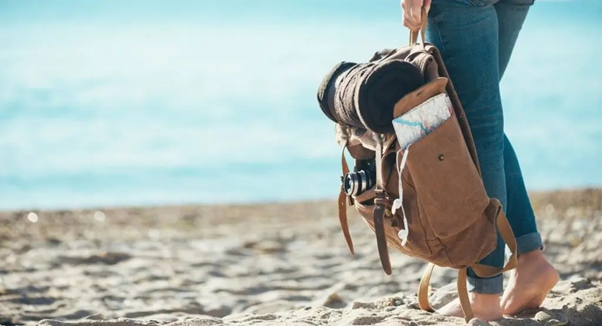

- FOMO (fear of missing out) is what motivates the über-cool zeitgeist disciples. These people will want to be the first to experience the latest, cool travel experiences, which will undoubtedly emerge post-pandemic. They will also be amongst the least concerned about vaccination before travelling.
- YOLO (you only live once) are the greyhounds of travel – raring to go, regardless of health concerns, first off, and young enough to know risk doesn’t apply to them.
- BLISTO (bucket list ticker-offers) are an older version of YOLOs, albeit less cavalier and more concerned about managing the health risks. They are becoming increasingly conscious of the number of places they still want to visit and the decreasing amount time in which to do so.
6. Staycations will sustain their popularity: Staycations were the stalwarts of the pandemic, offering, for many, the only acceptable holiday option. For those who may have travelled little domestically for leisure before the pandemic, the hope is that this will have unleashed not just an appreciation of the delights of their own country, but that it might also have inspired a desire to travel more within their own country in future. Rather than being a substitute for a main foreign holiday, this is likely to take the form of more domestic short breaks, which will oust what might otherwise have been a third or fourth European short-haul city break. Expect a continued staycation boom, particularly in the first half of 2021.
7. Prices will rise: The main reasons for this will be:


- Demand will outstrip supply in several areas. Airline consolidation and collapses will mean fewer airline seats to accommodate the avalanche of pent-up demand. A similar scenario might occur with regard to accommodation, in places where hotels have gone under.
That said, the dominance of no-frills airlines in Europe (Ryanair) and the USA (Southwest) is likely to continue and, even if they face less competition from other carriers, they will still have to do what they say on the tin and offer (relatively) low fares. Public acceptance of the return of the Boeing 737 Max will be critical to this, as it is not only a short-haul workhorse, but it is one of the most cost-effective aircraft to operate on short-haul routes. Fortunately, the tragedy of the Indonesian and Ethiopian crashes, which led to the aircraft’s recall and exposure of less than rigorous safety checks, has not embedded itself in public memory the way a raft of incidents did for the VC10 in the 1960s and early 1970s. Short memories will encourage a fast recovery.
- Insurance costs will rise, especially for older (more vulnerable) people, who form a significant percentage of the global travel market, particularly for less travelled, further-flung destinations. There's nothing like a new-found risk, such as a pandemic, to boost insurance premiums.
8. Rural will outpace urban growth: This is not to say people will avoid city destinations because they are perceived as crowded and therefore higher risk. Their popularity will return, albeit perhaps gradually, particularly amongst the vaccinated, YOLOs and FOMOs. But a combination of the search for space (for both safety and ‘spiritual’ reasons) and appreciation of nature, which have grown during the pandemic, is likely to fuel a continued desire for less crowded, rural, outdoor destinations.
9. Booking lead times will increase: For years we have seen the time between travel and booking shorten, as last-minute and impulse-purchasing has increasingly been accommodated, and even encouraged, by developing technology. However, there is a possibility this trend might slip into reverse gear, if only slightly, with people planning further ahead, because:

- The reduction in capacity – of airline seats, hotel beds in certain places, and access to popular attractions – means the early bird will get the worm and others might not.
- Advance booking, which has become de rigeur during the pandemic for many places such as attractions and restaurants, may remain a habit, as people want to ensure they can get the most out of their trip. Also, many countries, which, for reasons outlined above, may not yet have completed a national vaccination programme, will still probably be enforcing social distancing measures, with consequent access limits, throughout 2021. 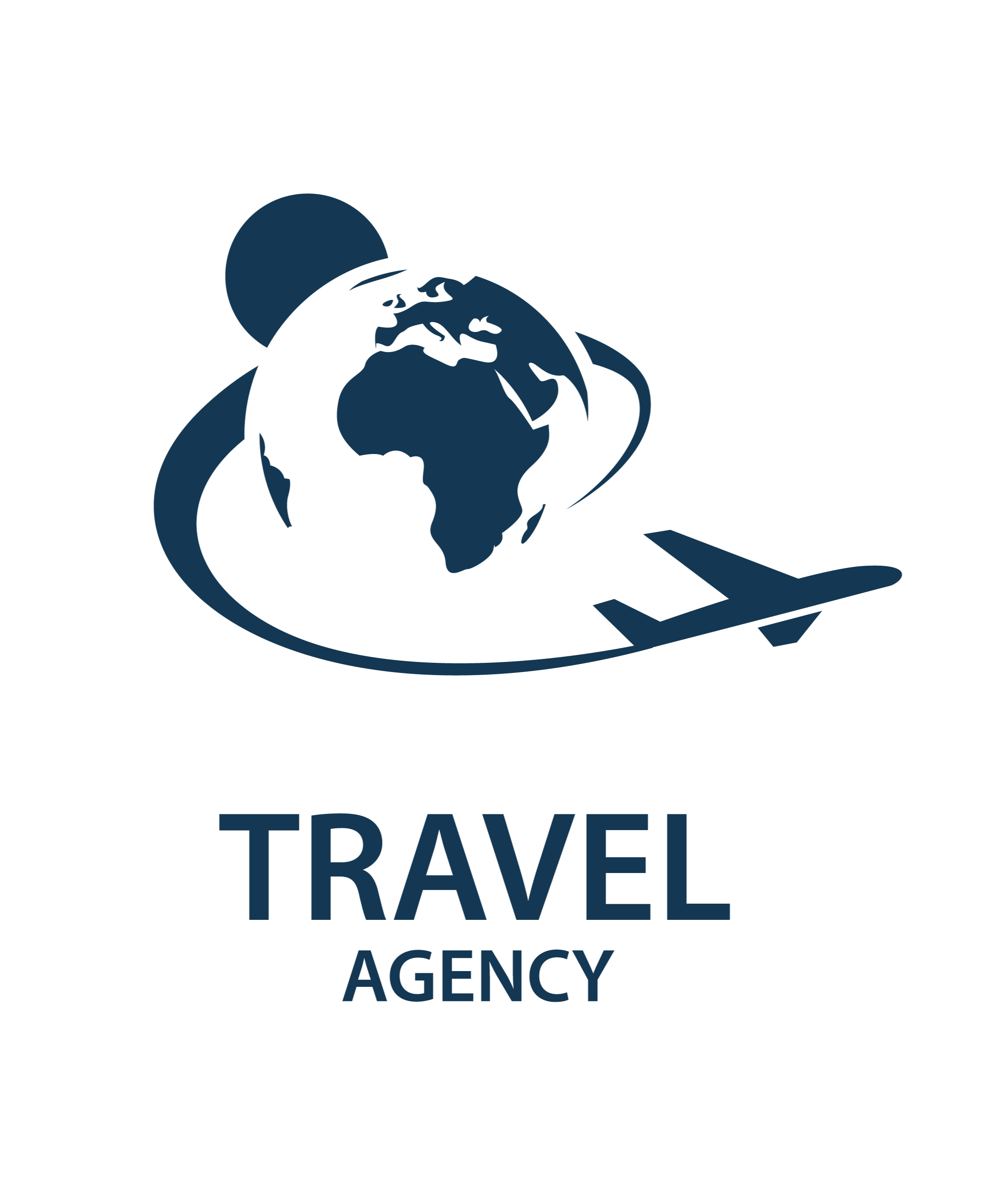

10. Use of travel agents will grow: With pre-pandemic airline collapses and the pandemic-triggered annihilation of many major tour operators and holiday businesses, plus the widely publicised stramash over travel refunds, more travellers are likely to seek reassurance from experts and want to book with security. This is likely to mean a restoration of faith in travel agents at the expense of independent booking of dynamically packaged online products. It may be a small shift, but it could provide a significant boost to business for travel agents, who have continually emphasised this benefit as one of their USPs ever since the advent of the internet.
11. Technology will be vital: Despite the last point, the application of technology will accelerate and change the way we do things.This will affect both suppliers and buyers in the following ways:
- Tourism suppliers: as a means of distribution, booking, delivering the visitor experience, and managing visitor flows – via increasingly sophisticated systems;
and

- Travellers: also as a means of booking (for the vast numbers who will still not use travel agents), for accessing places and sites, and for experiencing the destination. On one level this might be artificial intelligence (AI)-enabled, whereby the destination can be savoured in advance and the hassle taken out of essential but dreary elements of the journey, such as booking, boarding, check-in, check-out etc. On the other, it can provide valuable reassurance for accessing popular, ‘must-see’ places via increasingly smarter apps. Knowing when the Sistine Chapel is least busy, so you can plan your visit, not only guarantees access, but it also empowers visitors to make their own decisions in a way never before possible.
Contactless, cashless transactions will be increasingly expected. Boosted by health concerns during the pandemic, the ease of technological transaction has convinced even confirmed Luddites of its expediency. Digital will become the default for accessing information (e.g. guest directories and visitor information), booking, and payment.
12. Flexibility will be important: Despite the likely growth in longer-term planning and advance-booking, people will still want options to change and the opportunity to travel on impulse. 

- In booking terms, this means less draconian cancellation policies (which have been introduced by many tourism operators to encourage booking during the pandemic); flexibility on minor changes – by airlines and accommodation operators; and respecting refund rules.
- In terms of product, it means being open to new ideas and innovation, such as shorter self-catering stays, responding to changed market opportunities (e.g. work-leisure, whereby people may wish to book a longer stay, combining work and holiday, and use of hotel rooms as office space), and linking with local businesses – from food suppliers to attractions and activity operators – to provide guests with an easily accessible, hassle-free experience.
New Year's Resolution: Radical Refocus Required
Finally, here's a plea for a New Year's resolution on behalf of tourism worldwide, as we emerge from this pandemic to travel again.
The mantra of 'more, more, more' visitors at any cost has to be challenged. A balanced view needs to be taken of the benefits versus the negative impacts of tourism. Places need to focus much more on ensuring the benefits are economically, socially, culturally, and environmentally sustainable, and locally desired, while the negative impacts are minimised. Importantly, they also need to make sure the former will outweigh the latter.
Never has there been so much hope that we will change our ways and travel responsibly and sustainably. The pandemic has opened our eyes both to what ‘overtourism’ in certain places at certain times has done to our beloved places and to how we might protect them in a post-pandemic world. People in the Punjab have been able to see the Himalayas for the first time in 30 years; city air has become easier to breathe; and those who have travelled during COVID-19 have been able to see places as they were meant to be, rather than struggling to catch a glimpse of world-famous sights through an impenetrable curtain of visitors.
Tourism worldwide has dropped to 1990 levels, according to the United Nations World Tourism Organization (UNWTO), and several airlines predict it will not return to 2019 levels until 2023 or 2024. But do we want this? Must we keep playing a numbers game at the expense of our destinations, our environment, and our communities? Can we not find a better way to manage visitor flows and generate tourism that travellers truly enjoy, that host communities actually want, and that sustainably benefits the places people visit?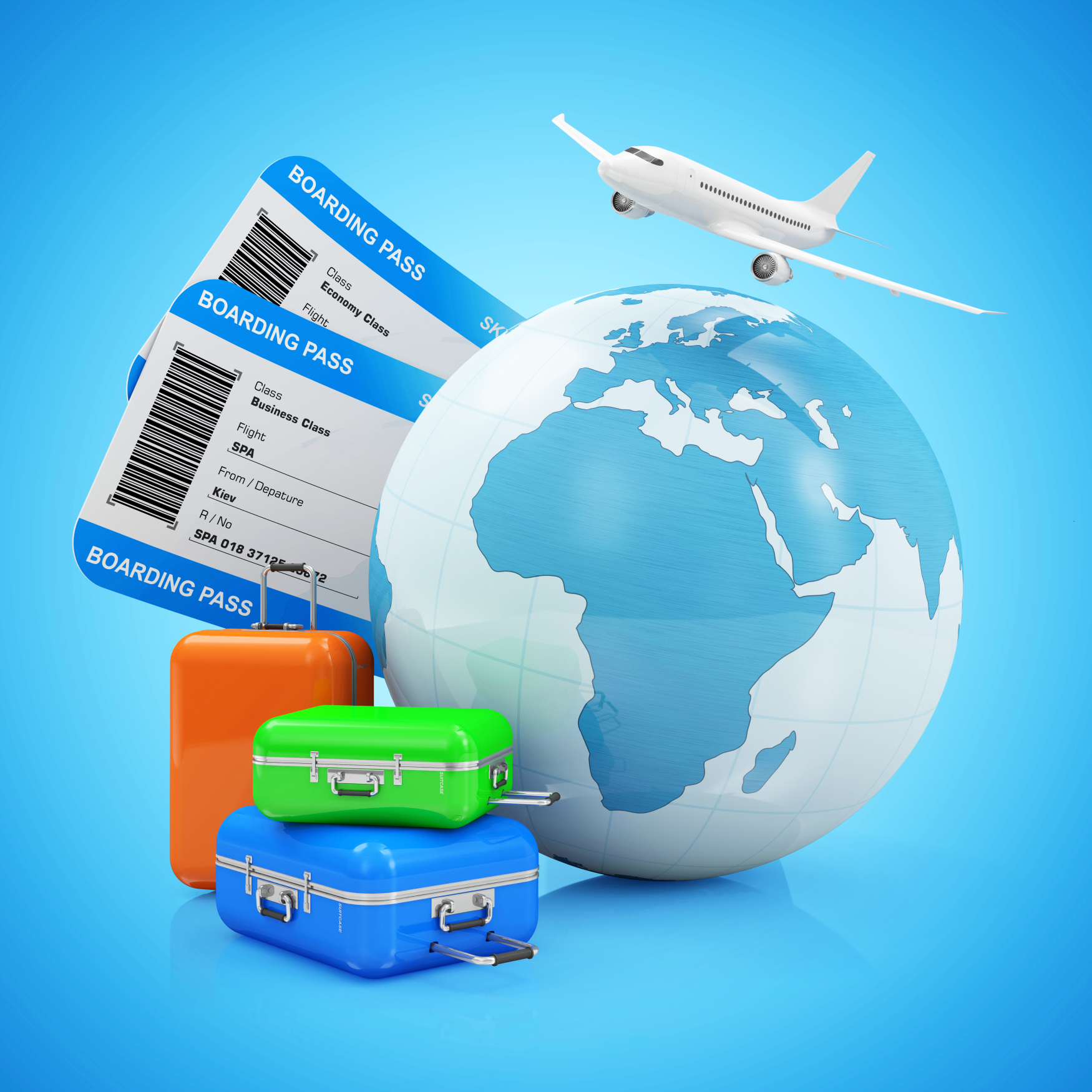

To this end we need a change in mindset, whereby destination management organisations, destination stakeholders, municipalities and governments focus their efforts on sound destination management. We need to make places attractive to visitors, tourism flows acceptable to local communities, and minimise the negative impacts visitors bring. This means finding a more enlightened balance between tourism marketing and destination management.
Rebalancing effort in favour of destination management doesn’t mean abandoning marketing. Marketing will still be important to attract visitors in competition with other places, particularly outside the main season and to remoter, less visited areas. But, given the global volume of travel that is likely to return, existing pent-up demand, and the extent of third-party, peer-to-peer destination marketing that is widely undertaken at minimal expense to destinations through social media, the pressing challenge is to address critical destination management issues.
Never again do we want to see the traffic queues blocking roads, 'wild' car parking, litter-strewn countryside, and inadequate facilities from toilets to car parks, that characterised the early days of the pandemic. Nor do we want to hollow out our city centres or ‘Disneyfy’ our countryside, so they appeal predominantly to visitors and offer little for locals. But we do want coexistence, whereby places are both sustainably liveable and eminently visitable. Quite simply, we need to understand sustainable capacity levels, decide what kind of tourism we want, and plan for it.
You may say, “but that’s what destination management organisations (DMOs) are for”. Ideally yes; but in practice, sadly not. Unfortunately, despite their name, DMOs tend to be predominantly marketing bodies, not least because that’s what their membership wants. More significantly perhaps, if you give someone a hammer, don’t be surprised if every problem looks like a nail to them; i.e. if DMOs have in the past recruited people with marketing skills, they’ll try to market their way out of problems, because that’s what they know. A whole new skill set in destination management is needed in DMOs. But that has to be endorsed by their boards and, invariably, democratically elected officials, whose re-election relies on driving economic growth, not managing places. Therein lies the rub.
Here's wishing the world a happy, healthy, much saner and more sustainable new year!
(Jan 2021)

